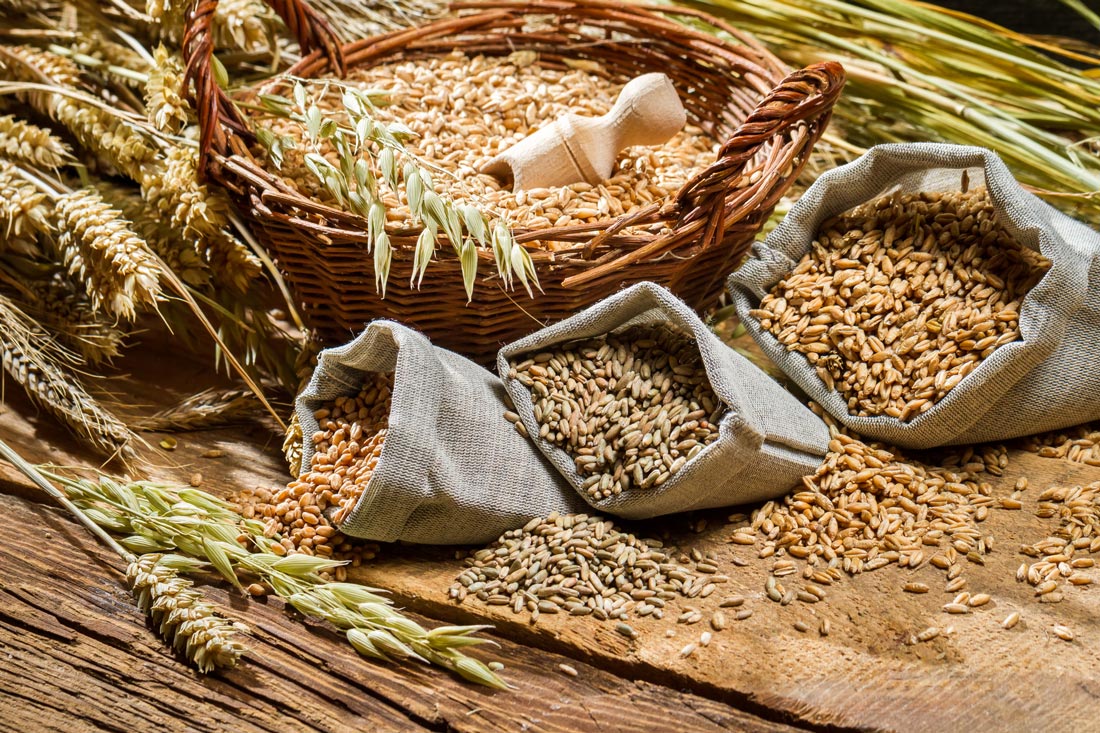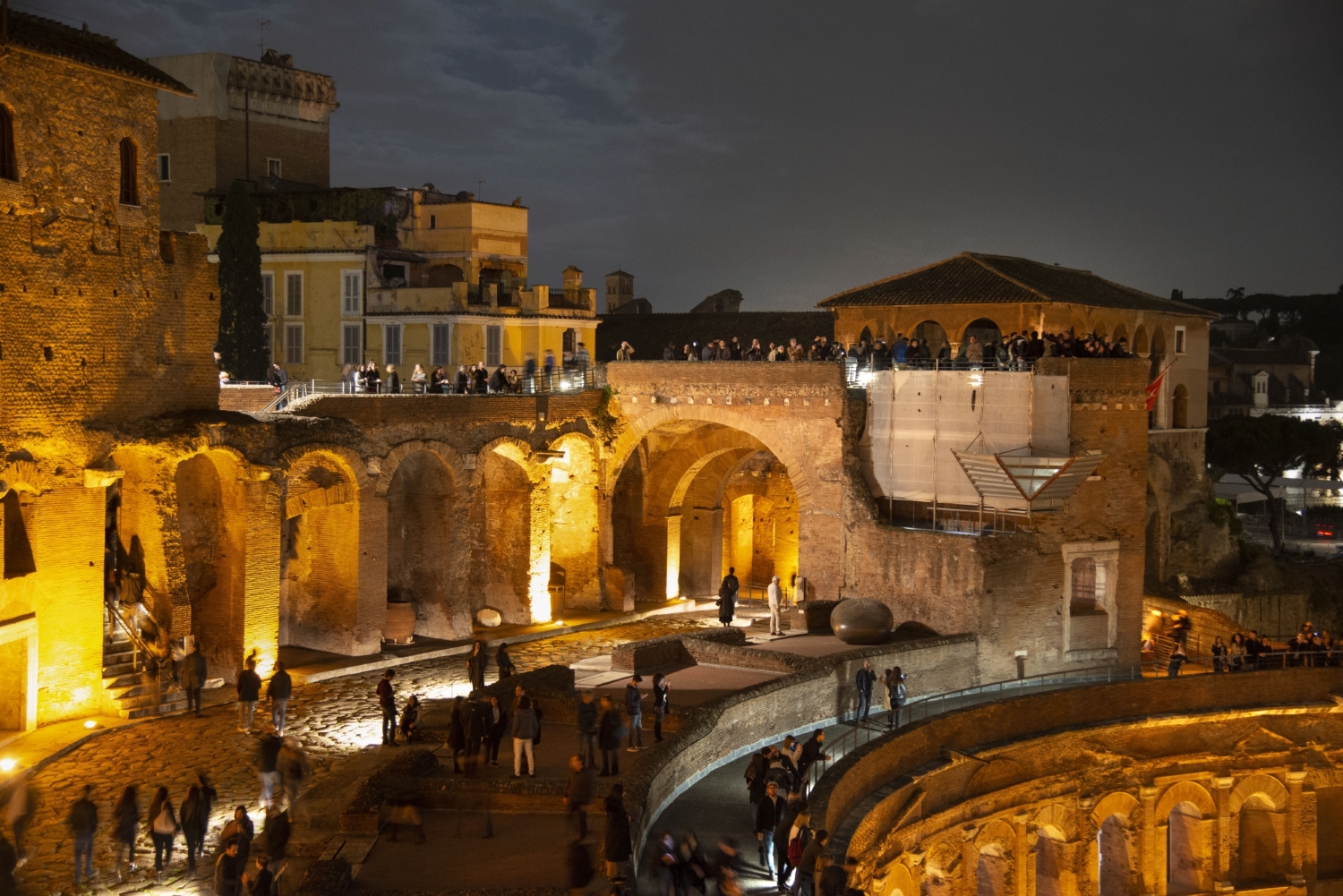Cultura: da Eleusi ad Ariccia
Da Eleusi ad Ariccia: il Rito Segreto di Cerere e il Santuario di Casaletto
I doni di Cerere (= Cerealia) erano al centro del calendario festivo romano dalla metà di aprile ad inizio giugno. Il I doni di Cerere (= Cerealia) erano al centro del calendario festivo romano dalla metà di aprile ad inizio giugno. Il 9 giugno, in particolare, le Vestali preparavano ritualmente la “mola salsa” ottenuta con la farina di farro mescolata con acqua e sale, e gli addetti alla panificazione celebravano la loro attività ornando di pani le mole e gli asini che le facevano girare. Nell’antica Aricia, la cui campagna è paragonata da Orazio a quella di Veio, la coltivazione dei cereali e la panificazione dovevano avere una notevole importanza, poiché Augusto, figlio di Azia Aricina e nipote per parte di madre di un fornaio che possedeva il “più grosso mulino di Ariccia”, diede un grande impulso allo sviluppo dei forni che arrivarono a 400 nella sola Roma. L’arte della panificazione era una peculiare attività ariccina ancora nell’anno 1700, quando, benché fosse grande la produzione di grano nelle tenute di Vallericcia e Tor Cancelliera, gli agricoltori furono costretti a prendere in affitto, per soddisfare le richieste, altri terreni dell’agro romano. Ma ad Ariccia, in età antica, era importante anche l’allevamento del maiale, seppur limitato alla pratica del sacrificio. L’animale sacrificale di Demetra, divinità assimilata a Cerere e presente ad Ariccia nel santuario di Casaletto sin dal IV sec. a.C., era difatti la “porchetta”, ovvero il piccolo maiale di genere femminile indispensabile per partecipare ai Mysteria. Ad Eleusi, e verosimilmente ad Ariccia, ogni adepto ne doveva acquistare uno per offrirlo in sacrificio a Demetra ,“colei che uccide i maiali”, e poi consumarne la carne arrosto. Nel santuario di Casaletto era peraltro venerato anche Dioniso-Bacco, il “dio del vino”. Un’iscrizione rinvenuta nel santuario documenta la presenza di una Duronia Aricina, verosimilmente un’antenata della Duronia ricordata dalle fonti per essere stata coinvolta nello scandalo dei Baccanali del186 a.C.
Approfondimenti: le altre sezioni



